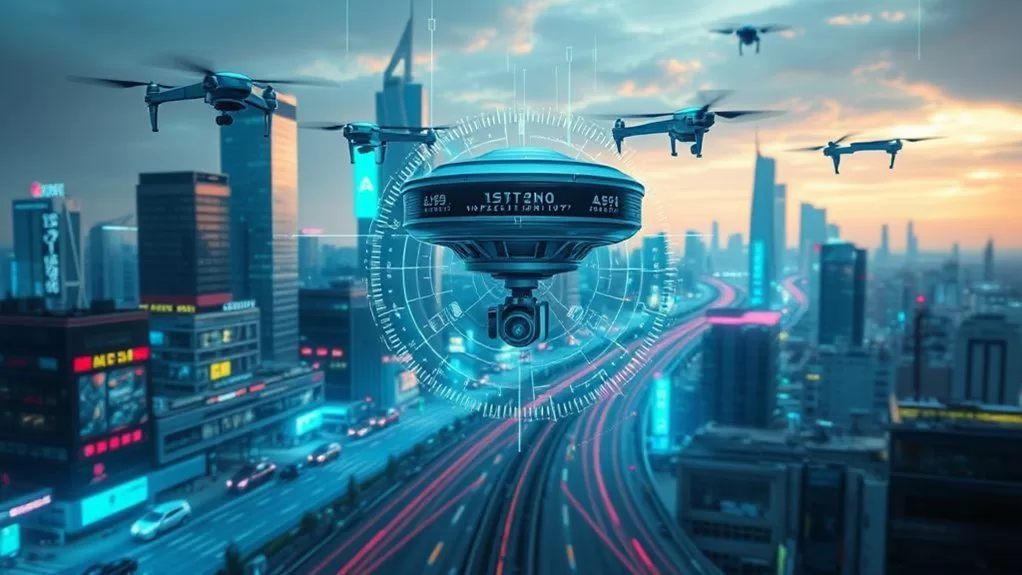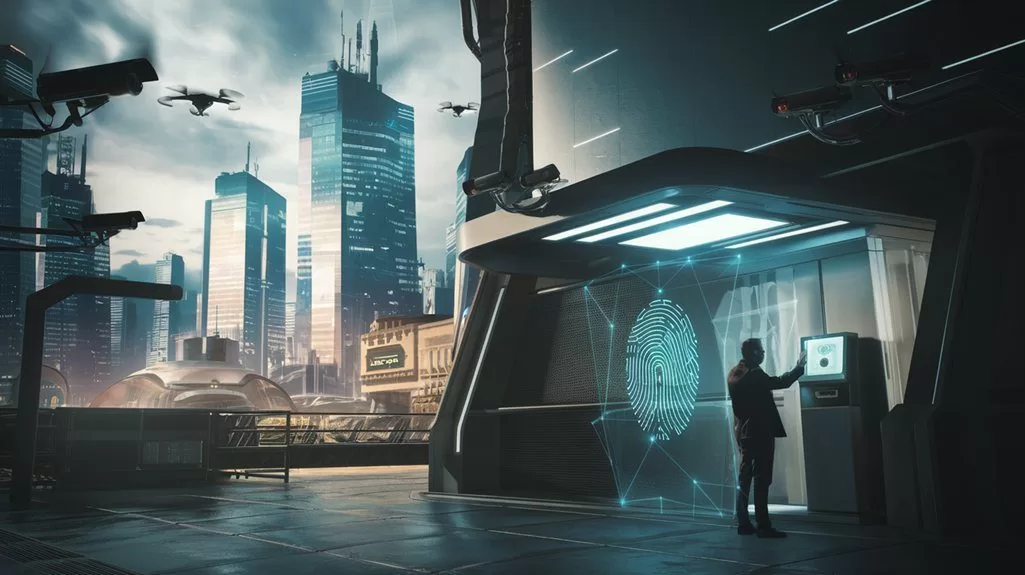Governments and industry are at a crossroads with AI safety. They face the challenging task of balancing innovation with regulations. Too strict? Innovation throbs underfoot. Too loose? Chaos reigns. Current frameworks often lack teeth, while collaboration stumbles and falls. Risk assessments? Sometimes paper-thin. Effective AI safety requires flexibility and fresh dialogue—or else. Can they redefine safety without suffocating progress? Only time will tell if they manage to dance gracefully on this razor's edge. Curious how? Stick around.
Key Takeaways
- Flexible and contextual regulation is crucial to balance safety and innovation in AI development.
- Collaborative governance with diverse stakeholders is necessary to establish effective AI safety measures.
- International cooperation is essential for consistent AI safety standards and practices across borders.
- Transparency and communication build trust and accountability in AI systems, supporting innovation.
- Safety frameworks should be structured to mitigate AI risks without impeding technological progress.

Artificial Intelligence—what's not to love? It's a marvel of modern technology, but also a beast of burden. The Future of Life Institute's AI Safety Index highlights the glaring gaps in safety measures among major AI players. The risks are real: bias, privacy breaches, security lapses. Yet, the thirst for innovation is unquenchable, and regulation remains a tightrope walk. AI Ethics and Safety Frameworks are the buzzwords, but what do they really mean in practice? Companies don't even agree on safety standards. Consensus? A distant dream.
The marvel of AI comes with risks: bias, security, and an elusive consensus on safety.
Risk assessments are flimsy at best, leaving humans at the mercy of machines that can be unpredictable. Governance and accountability—essential for mitigating risks—often take a backseat to the rush of technological advancement. Structured safety frameworks are like unicorns: everyone talks about them, but few have seen them. Transparency and communication are keys to trust, but they seem locked away in a vault somewhere. AI needs them desperately, yet they remain elusive. Machine learning plays a critical role in cybersecurity by enhancing threat detection capabilities through rapid data analysis and adaptive learning.
Let's face it, AI models are sitting ducks for adversarial attacks, major technical risks that can't be ignored. Quantitative guarantees of safety? Non-existent. AI's data-driven nature amplifies risks of error and bias. Without safeguards, discrimination can flourish. Continuous upgrades are a necessity, but who has the time, right? The rapid technological evolution demands it, yet companies lag behind, caught in a cycle of catch-up.
Globally, AI safety is a concern, shouting for international collaboration. Yet, we see fragmented efforts, varying approaches that lack cohesion. Power dynamics and human agency complicate the safety landscape. Bureaucracy adds another layer of chaos. Sociotechnical concerns—organizational practices, societal dynamics—play significant roles in AI safety. Collaborative governance is a requirement, not a suggestion. Diverse stakeholders must come together, but that's easier said than done.
Regulation? A double-edged sword. Too strict and innovation gasps for air. Too lax and we're in a free-for-all. Flexible regulation is the goal. Contextual regulation is essential; a one-size-fits-all approach is a disaster waiting to happen. The global nature of AI demands interoperable solutions, yet we're still squabbling over basic tenets. The Future of Life Institute (FLI) plays a crucial role in promoting accountability and best practices in AI development, as emphasized by evaluation initiatives like the AI Safety Index. California's bill highlights the challenges in AI governance amid rapid technological evolution, underscoring the need for flexible and adaptive regulation.
In the end, AI sits on the edge—a precarious balance between progress and peril. Governments and industries must redefine safety without strangling innovation. The stakes couldn't be higher. The clock is ticking. Will they rise to the challenge, or will AI become a cautionary tale? The world waits. Breath bated.
References
- https://futureoflife.org/ai-policy/ai-experts-major-ai-companies-have-significant-safety-gaps/
- https://urbanlogiq.com/innovation-vs-safety-ai-regulation-can-and-must-achieve-both/
- https://www.oecd.org/en/topics/ai-risks-and-incidents.html
- https://www.mountainstatespolicy.org/government-red-tape-should-stay-out-of-ai-innovation
- https://ai.gov/wp-content/uploads/2024/06/FINDINGS-RECOMMENDATIONS_AI-Safety.pdf









